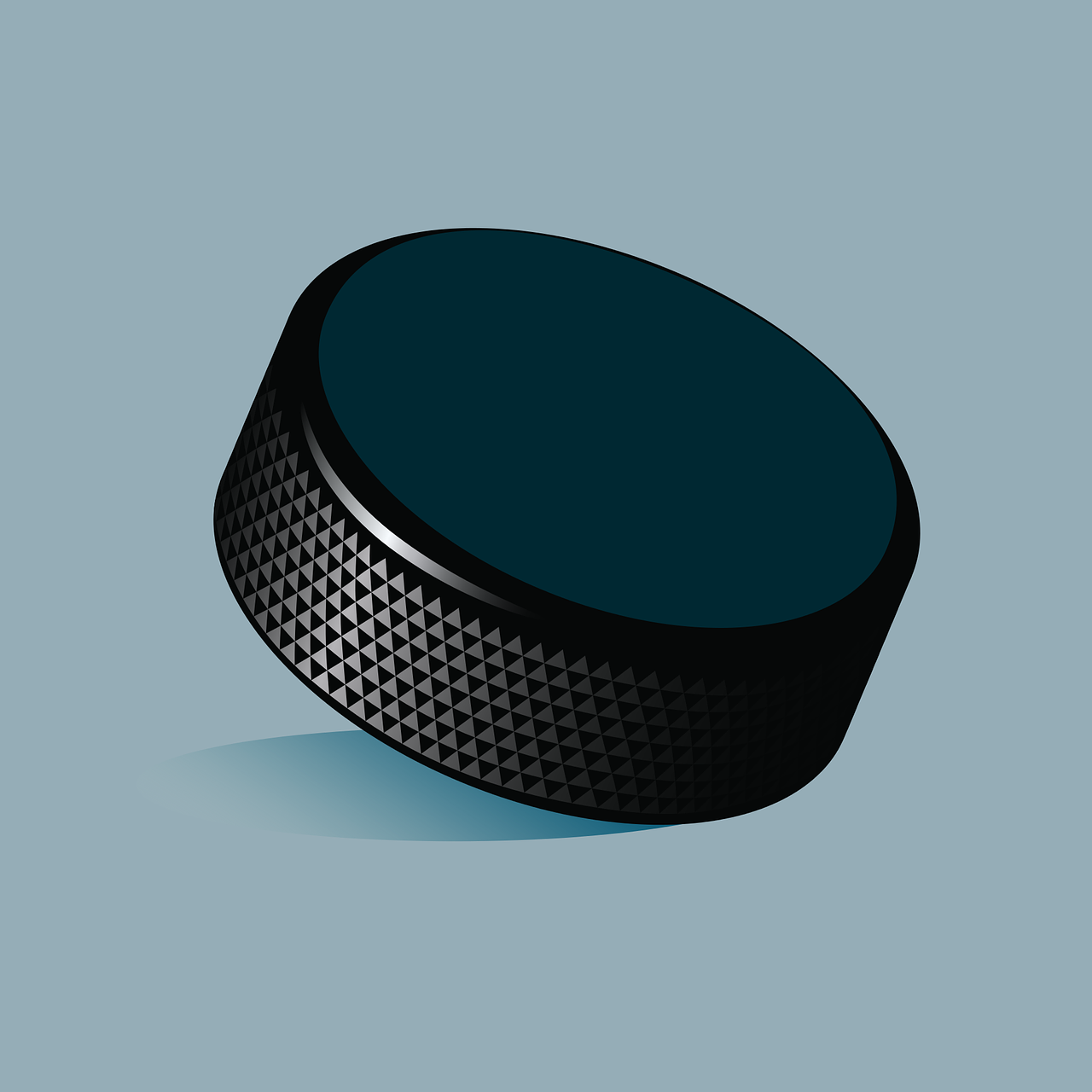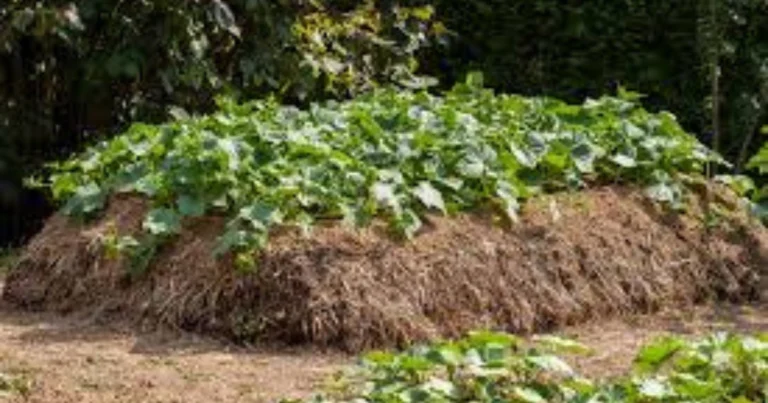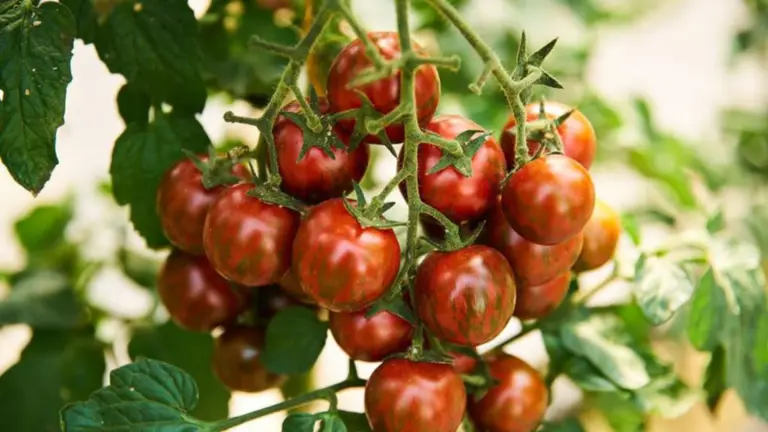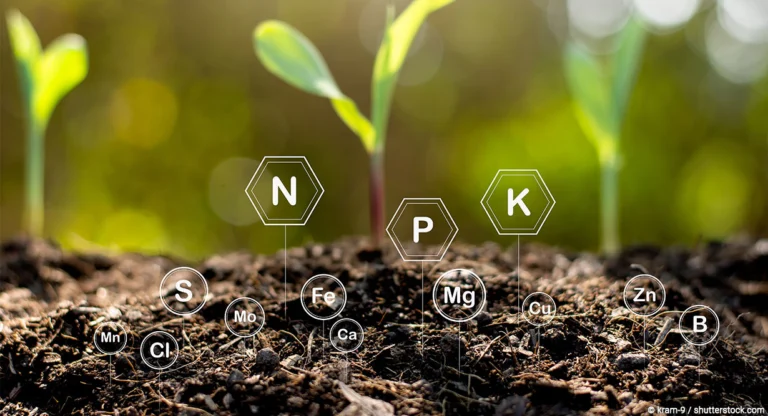The Ultimate Guide to Cleaning Hockey Pucks: Tips and Techniques
Hockey is a sport of finesse and speed, where every piece of equipment contributes to that winning edge. Among the most critical yet often overlooked components is the humble hockey puck. Regular cleaning of your pucks is not just about aesthetics; it’s a statement of care for your gear and a practice that can significantly impact your performance on the ice.
This comprehensive guide is designed to cater to hockey enthusiasts who understand the silent importance of a well-maintained puck. We’ll take you through the reasons why regular cleaning should be a part of your routine, cover various cleaning techniques from the basic to the extreme, and offer tips on how to preserve your pucks for the long term.
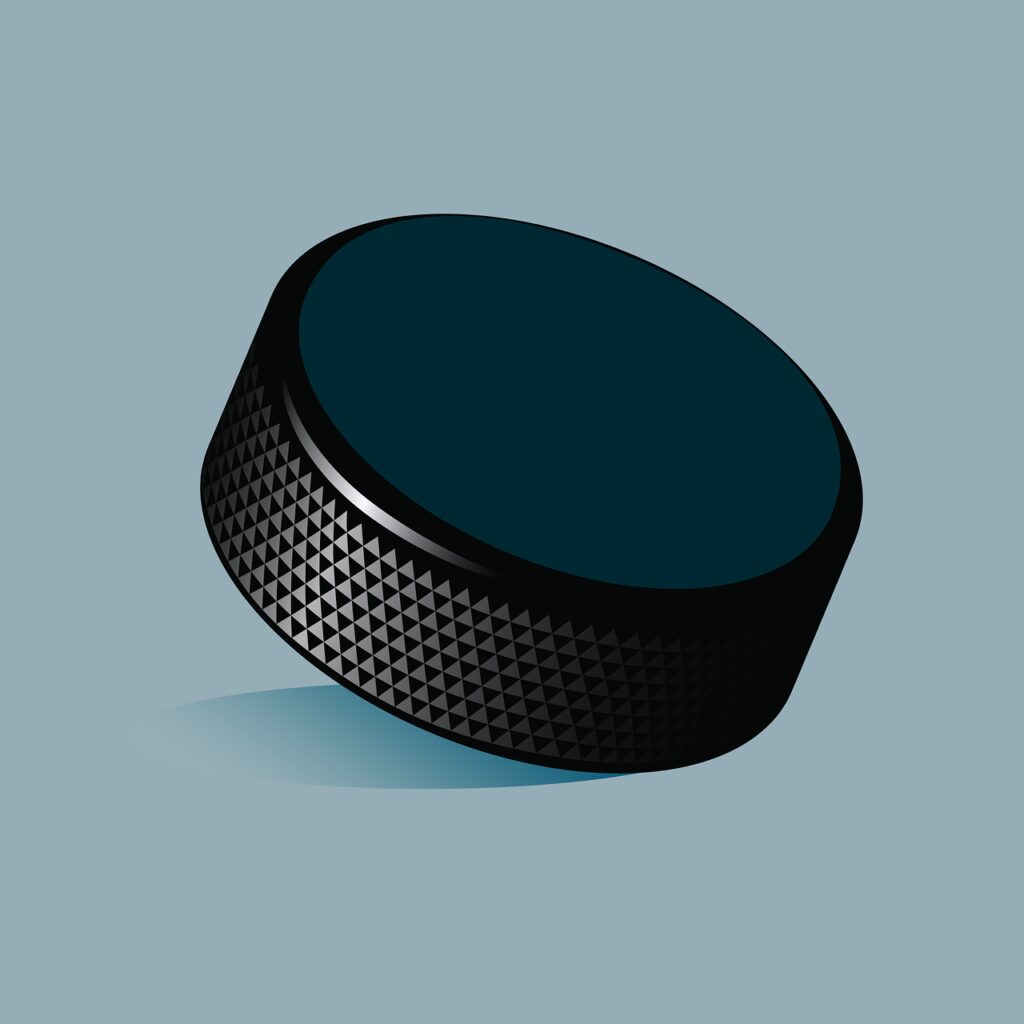
Introduction
Integrity, precision, and cleanliness—the words that often don’t come to mind when thinking about hockey. However, in the grand scheme of the game, they are all connected, starting from the clarity of your puck. A dirty puck can lead to misplay, friction, and ultimately, a loss of control on the ice. Understanding the role cleanliness plays in your game is the first step to improving it.
Why Cleaning is Essential
Impact on Performance
A clean puck glides effortlessly on the ice, maintaining a predictable path. Dirt and grime create imperfections that can throw off crucial shots and passes. In a game where the margin for error is slim, ensuring that your puck is at its best can make all the difference.
Hygiene and Safety Considerations
Safety first, always. A puck that’s cleaned regularly means that the ice you’re playing on stays cleaner, too. And with hygiene being a top concern today, having a clean puck that minimizes the spread of bacteria is vital.
Cleaning Techniques
Manual Cleaning Methods
Basic Wipe Down
A simple, routine wipe down after every game or practice is a good habit to form. It involves using a clean, damp cloth to remove surface dirt and moisture before allowing the puck to air dry fully.
Soap and Water
A mild soap and water solution can be used for more stubborn marks. Dip a cloth into the solution, wring it out, and gently rub the puck’s surface. Ensure the puck is thoroughly dried to prevent any damage.
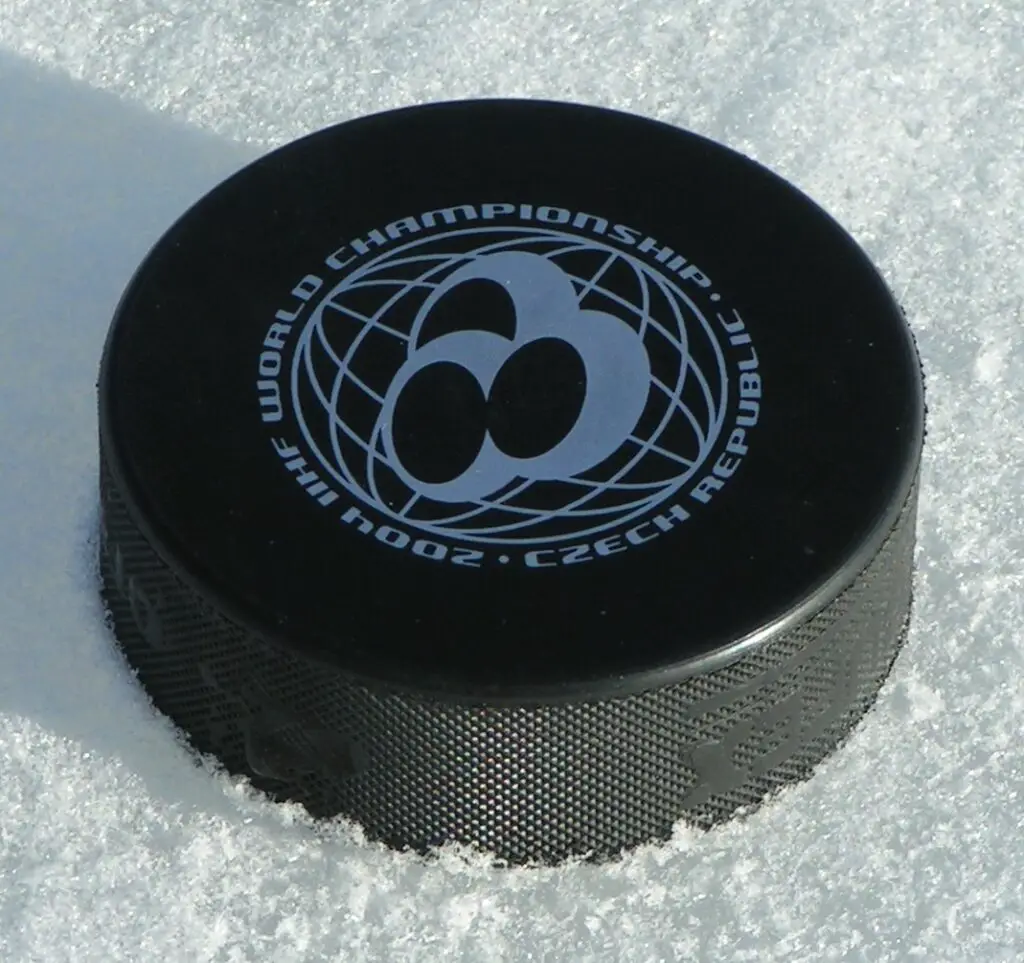
Tools and Materials Needed
The tools for cleaning hockey pucks are often readily available at home or can be sourced easily. You’ll need:
- A soft cloth
- Mild soap
- Water
- Baby wipes (for convenience)
- A bucket
- A soft-bristled brush (for deeper cleans)
Step-by-Step Guide
Wipe Down
Start by wiping the puck with a clean cloth or baby wipe. This will do wonders for removing minor dirt and scuff marks.
Hand Wash
For more serious dirt or if it’s been a while since the last clean, mix a little soap with water in a bucket. Dip the puck in, and using a soft-bristled brush, gently scrub the surface. Rinse with clean water and dry it well.
Advanced Cleaning Tips
Deep Cleaning Methods
Air Compressor
If you have access to an air compressor, using its gentle stream of air can dislodge even the most stubborn debris. Be cautious not to use high-pressure air, as this could damage the puck.
Heat Water Submersion
By submerging the puck in warm water (do not use hot water, as this could warp the puck), you can make caked-on dirt and wax easier to rub off. Afterwards, follow the hand wash technique above.
Removing Tough Stains or Marks
For sticker residue or other tough marks, rubbing alcohol can be your best friend. Apply it on a clean cloth and gently rub the affected area until the mark is gone.
Maintenance and Storage
Proper Care After Cleaning
Once you’ve cleaned your puck, ensure it is completely dry before returning it to your gear bag. Any moisture left on the puck could lead to the growth of mold or mildew, not to mention the potential damage this could cause to other equipment.
Long-Term Preservation Tips
To maintain the cleanliness of your pucks over time, store them in a dry, cool place away from direct sunlight. Using airtight containers or bags with silica gel packs to absorb moisture is an excellent way to keep pucks in pristine condition.
Conclusion
Regular cleaning and maintenance of your hockey pucks is more than just a chore; it’s a practice that should be ingrained in your love for the sport. Clean pucks mean better performance, safety, and longevity. By following the techniques outlined in this guide, you are not only taking care of your gear but also taking a step towards a more fulfilling and successful experience on the ice. Remember, those who pay attention to the details are the ones who win. Now, go on and give your hockey pucks the clean they deserve!
